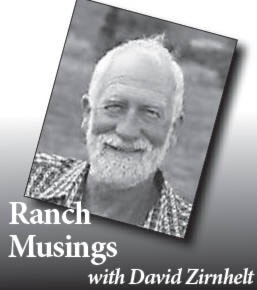This is something I have been musing about for sometime. A cousin and I have long talked about writing some family history involving her dad who is my uncle. His name was Henry or “Heini” as he was known.
In the early days on our ranch we bought a bunch of work (draft) horses. Henry came to help me train some “colts”(untrained horses).
It all happened like this. One day my parents were entertaining several of my dad’s siblings in the family kitchen at 150 Mile House in our family home which has since burned.
I made it known to my aunt and uncle that I was looking for some work horses, since I was finding the ground too rough and too wet in places that I couldn’t do the land work.
This was in a time when there was a resurgence of interest in using horses for logging and farming by the generation returning to the land.
My Aunt Marcella McPhail pulled me aside and told me that my uncle was one of the best horsemen around and knew a tremendous amount about heavy horses since he had at least 40 years of experience.
In the 1930s and 40s, he and our grandfather really made a good part of their living by training horses, so they must have known what they were doing, training up to 20 teams a year. Boys from Sugarcane and elsewhere were the mainstay of the training team.
Grandpa and Henry would start the colts and turn them over, usually during haying time to the Aboriginal “boys” many of whom were good friends as well as fellow ranch hands at the 150 Ranch, then owned by the Cowan/Cornwall family.
As horsemen from North Dakota and like many farmers, one had to raise and train horses just to get the farm work done. Putting fresh horses out onto fields that were plowed the year before would certainly slow down the rambunctious colts and settle them in their traces.
We had brought a good “breaking” team from Ronnie Moffat at Alexandria. We bought seven colts four and seven years old.
A good gentle horse that would always “go” and always “whoa” is a great teacher for a colt. Tie the colt’s halter rope to the hame of the gentle horse’s collar at just the right length then the colt could be led or stopped without a jerking of the driving lines.
Now some people have been known to break in a saddle horse doing the same thing. Once they learn to get up, stop and steer, then they could be ground driven alone to further their learning.
In these older days people who needed to use horses wanted to get to work as soon as possible so they moved along with a steep learning curve for the horse. Something like a new lesson a day for a few days then they would be put right to work.
Of course they wouldn’t be overworked and sored up by the harness. Salt water rubs on the skin where the leather touched would toughen them. Real work is the best program so the lessons are continually reinforced.
I remember trying to get a 1,600-pound colt to face us so we could approach it and halter it. I was sent for an aspen sapling 10-12 feet long which was then stripped of its branches except for the very top.
The horse was touched on the hind end and the leaves were gently rustled behind it so it would turn at which time the rustling was stopped and the horse had learned to face us. Much safer that way.
Today, many use a lariat in a round pen to gentle the horse and introduce it to training.
So I was the apprentice and spent a lot of learning from my 70-year old uncle who took me on to learn some of what he knew.
Whenever I would talk about “new” methods of training, he would say: “learn our way of doing it, and then when you have mastered that, you have a try at making improvements.” Good advice.
I am always impressed by how the old timers who were good knew horse psychology, and they had that in common with the modern “horse whisperers.”
I feel honoured to have been an understudy to a “master” of the trade for a short time. Now it is time to teach the grandchildren.
David Zirnhelt is a rancher and a member of the Cariboo Cattlemen’s Association. He is also chair of the Advisory Committee for the Applied Sustainable Ranching program at TRU Williams Lake.
